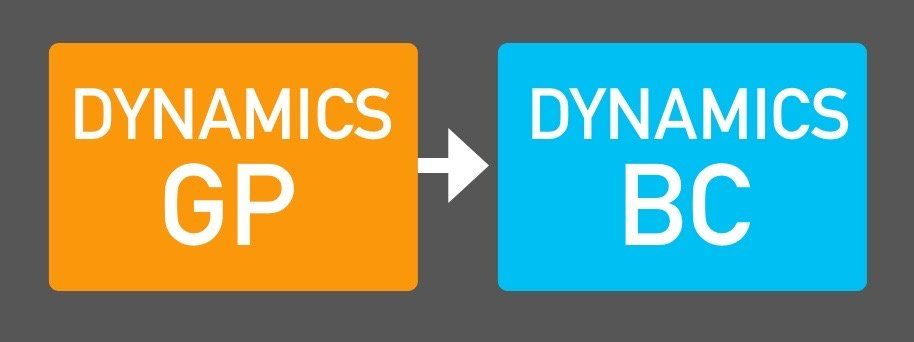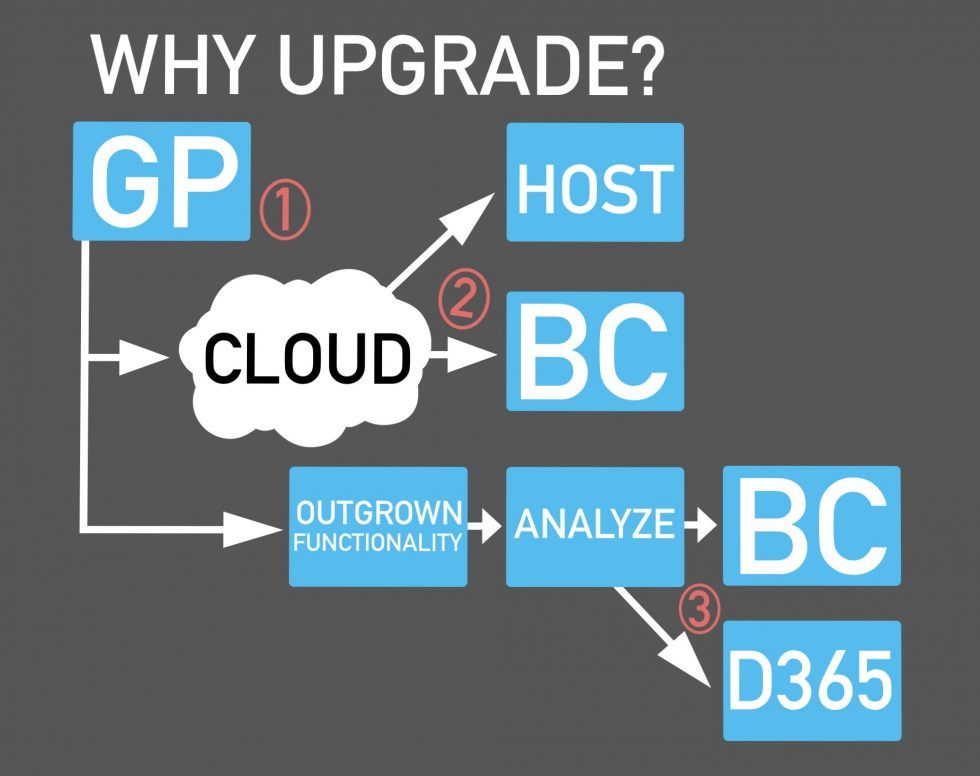Peter Joeckel, with more than thirty years in the ERP business helping companies select and implement software solutions, is in a unique position to offer alternative solutions for “tried and failed” ERP software selection and implementation strategies. Whether you’re in the middle of a challenged implementation or just beginning to research available resources, contact Peter and the TurnOnDynamics team today.
In Praise of ERP Architects
Why do sophisticated ERP projects require an “ERP Architect”? And why are ERP Architects the difference between sitting at the starting gate of the Kentucky Derby on either Secretariat or on a camel?
Think about your current ERP implementation or any other that you have been associated with.
I will wait a minute for the dull ache behind your eyes to subside.
Do your memories include any meetings where there was a clear visionary leader that understood the “big strategic picture” and was able to keep the team focused on that goal instead of mired in endless minutia?
Of course you don’t.
What you do remember is an endless series of long forgotten meetings with endless debate over tiny and often mostly irrelevant details.
Quick re-cap: Everyone sets out to design the Secretariat of ERP implementations but because “Camels are Horses designed by Committees”, everyone ends up with some version of the following:
ERP Architects exist but they are rare. Rarer is the company that has the self-awareness and ability to hire and follow an architect.
But what are the skill sets of great ERP Architects? In my experience they have the following abilities:
- Functional – be able to process transactions in most major functional areas of the application.
- Data – full understanding of the data structure underlying the application.
- Financial – ability to understand and trace the general ledger impact of all major transactions in the application.
- Technical – understand the position and function of the application in the Microsoft technology stack.
- Experience – approach or exceed Malcolm Gladwell’s 10,000-hour rule in both new and challenged implementations in a wide range of businesses small and large.
But most of all a great ERP architect has to be able to combine all of these skills in a seamless ability to see the forest for the trees. All ERP projects are a combination of hundreds of “critical requirements.” The ability to ignore the constant noise and focus what is important is the key.
The great ERP Architect is able to eliminate the lack of strategic focus that plagues large ERP implementations.
ABOUT THE AUTHOR











